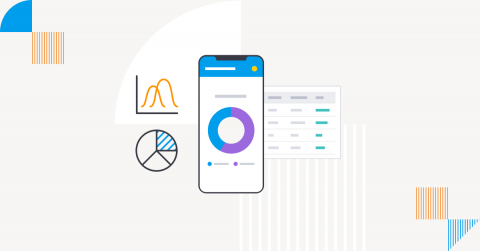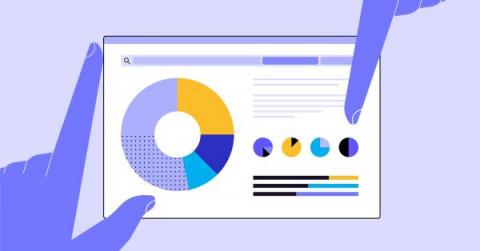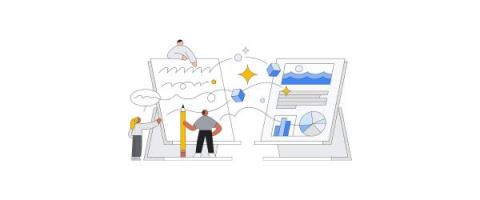Reshape Your Year-Round Tax Function With Transfer Pricing Software
In many organizations, transfer pricing adjustments are like a lot of other last-minute activities. They seem to be ignored throughout most of the annual cycle. Then, they suddenly take on a great importance at year-end. That leaves the tax team scrambling to address an entire year’s worth of transactions. It also leads to interdepartmental friction in many cases. If transfer pricing is changed retroactively for the entire year, that can have far-reaching implications.









